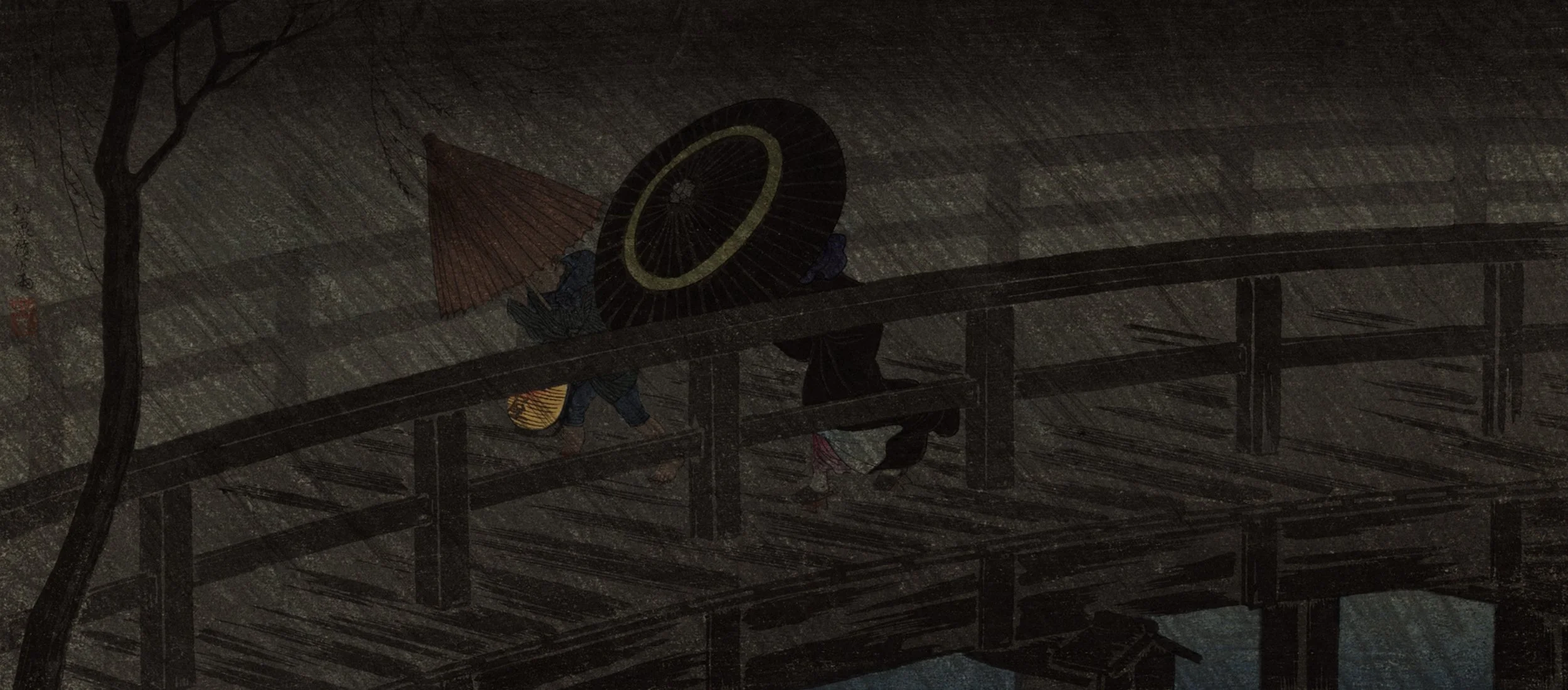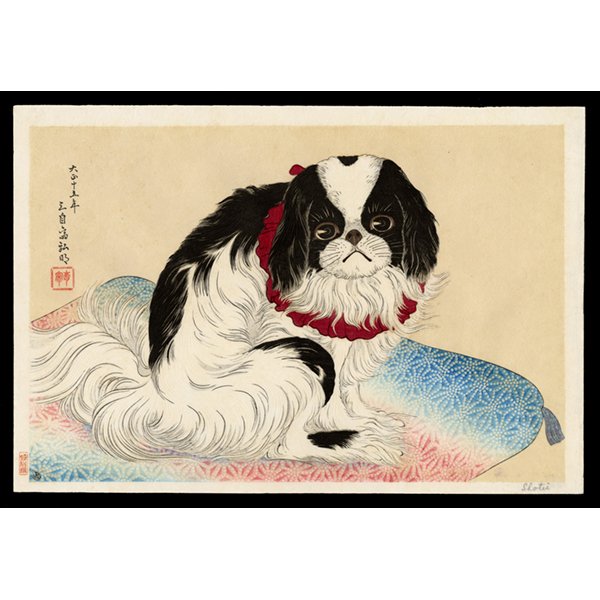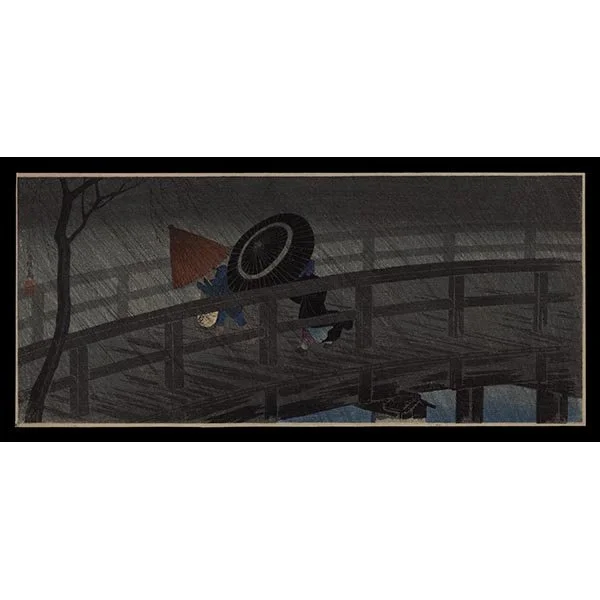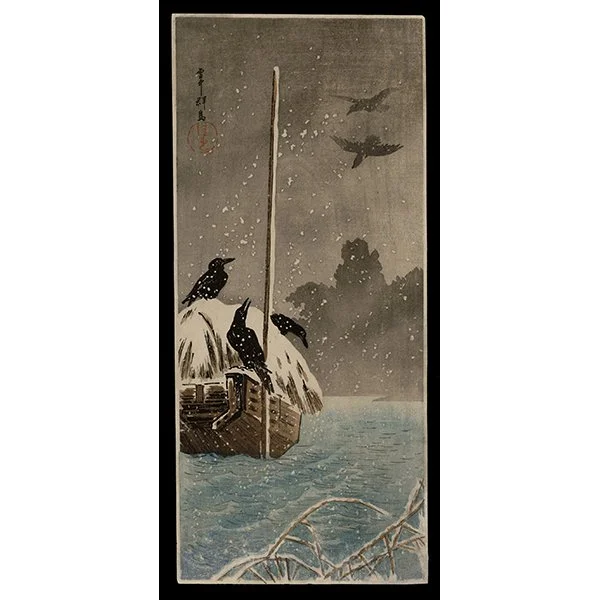HIROAKI
COLLECTING JAPANESE PRINTS FEATURED UKIYO-E ARTISTTakahashi Shotei (Hiroaki)
1871 - 1945
Profile at a Glance:
Shin Hanga Artist
Produced portraits and landscapes
Known for his mitsugiri-ban format designs
Takahashi Katsutaro, otherwise known as Takahashi (Hiroaki) Shotei, was a pioneering shin hanga artist born in the Asakusa ward of Tokyo in 1871. From ages nine to sixteen, Takahashi apprenticed to nihonga painter Matsumoto Fuko before gaining employment in the Imperial Household's Department of Foreign Affairs. During his tenure, Takahashi mastered designs of foreign medals, courtier clothing, and ceremonial objects. He also provided illustrations for magazines and scientific journals and founded the Japan Youth Painting Society in 1891.
In the spring of 1907, Takahashi began producing hanshita-e prints for publisher Watanabe Shozaburo. These prints were of modest size and utilized long-narrow formats, both horizontal and vertical. Subjects were mostly limited to solitary figures in a temple or traversing expansive landscapes, most notably Moon over Lake Hakone (dates unknown).
Over the next several decades, Takahashi worked prolifically, producing more than five-hundred designs. Even after the Great Kanto Earthquake, when all existing blocks were destroyed by fire, he produced an additional two hundred and fifty prints. The collaboration established a sturdy foundation for the shin hanga movement, and it helped provide Watanabe with an understanding of precisely what he was seeking as a publisher. Throughout the 1930s and 1940s, Takahashi worked on nude prints and other subject matter for Fusui Gabo until his death in 1945.








